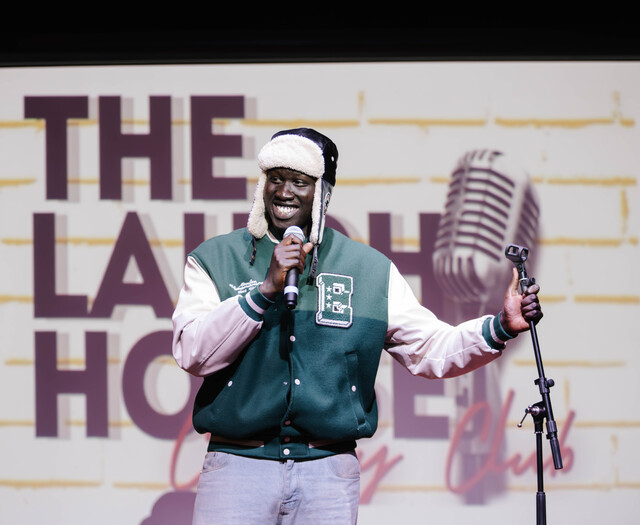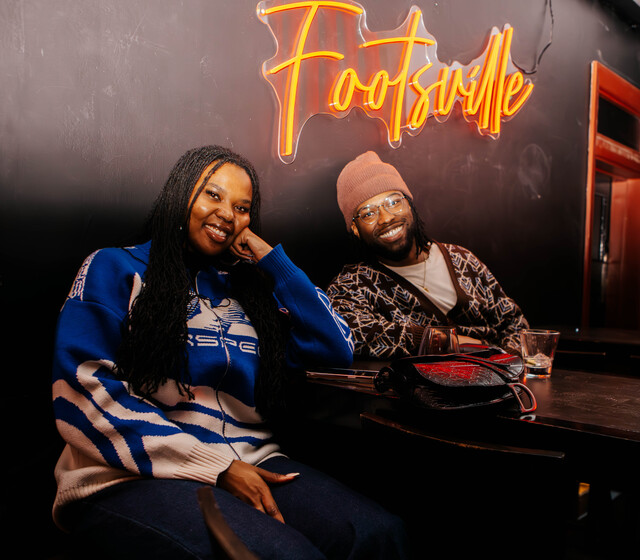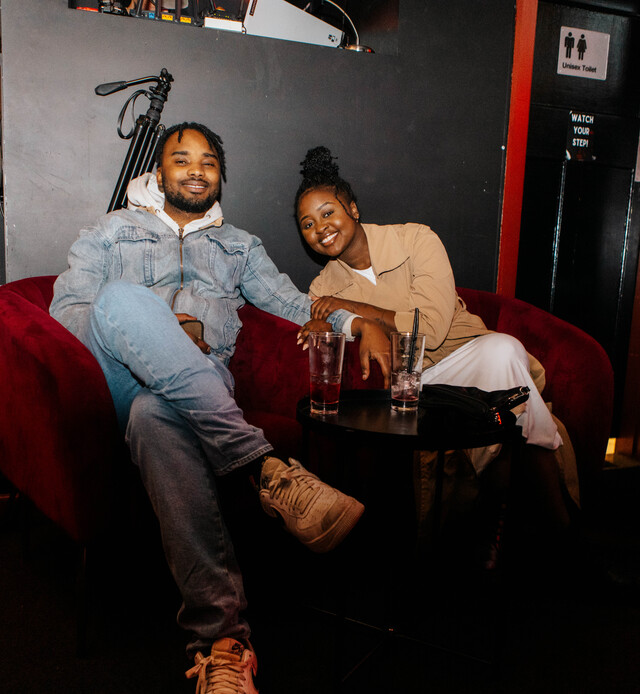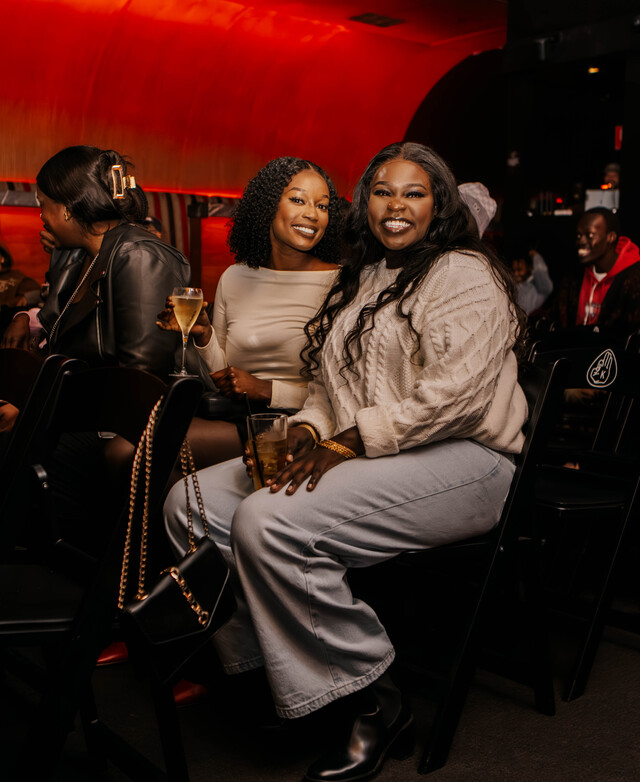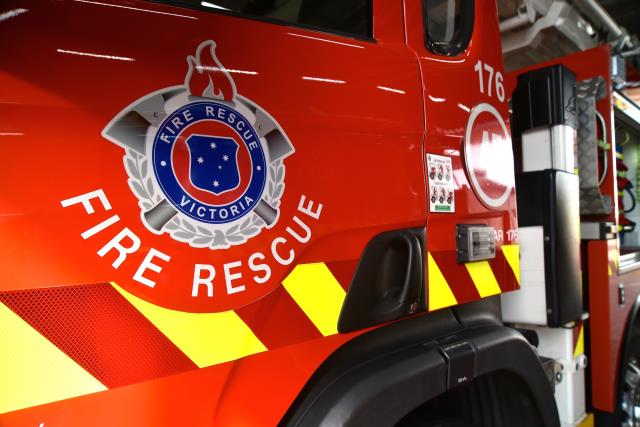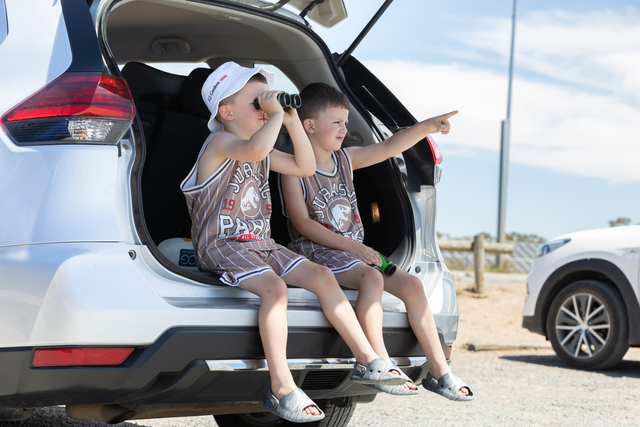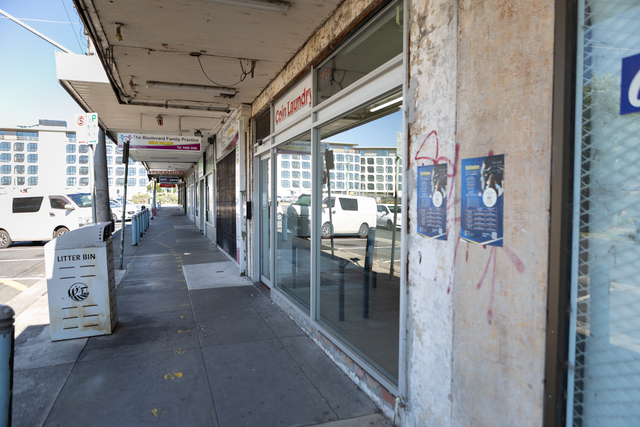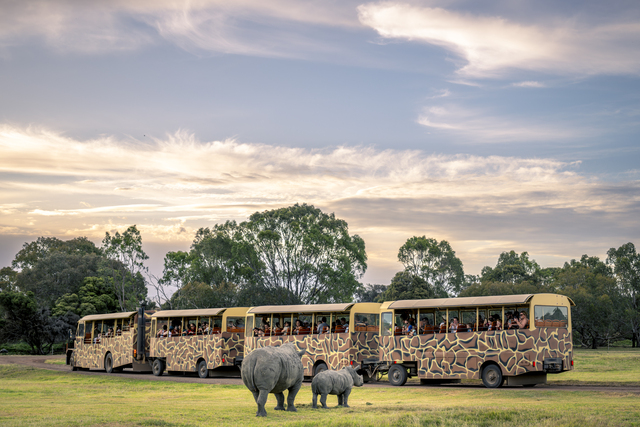The highly anticipated Laugh House united diverse communities for a night of humour and connection at Yarraville’s Kindred Studios on August 28.
South Sudanese comedian Ciang Ajeic and African Youth Alliance (AYA), launched the Laugh House out of a demand for more black comedy rooms in Melbourne’s west.
The Laugh House lineup featured Ciang Ajeic, Matthew Vasquez, Dahn Rozario, Muddy Harrison, Mali Hawke, Mimi Shaheen and Mading Jock
Ciang said Laugh House was a space for everyone to shine.
“Not all the comics were black but they either know how to make black people laugh or they will learn how to do it. You just have to give them that chance and support them,” he said.
“Laugh House is more important than my other shows, even the shows where I get paid. It was more meaningful in terms of the black and brown community having a space they can feel like it’s their own and having a space where they feel like they could themselves try comedy out.
“I told the audience a couple of times during the show that it wasn’t just a random comedy show, it was our comedy show. A big part of Laugh House is making sure the crowd knows that this is a comedy room that caters to the black audience.”
Hoppers Crossing resident Kevin Uskokovic said Laugh House had a fearless approach to comedy, which bridged the gap between white comedians and black audiences.
“Seeing a comedian from west Melbourne is rare so someone coming from a nearby area was what drew me initially. My favourite part of the show was at some point in the middle there was a lot of engagement with the audience and hilarious exchanges between a white comedian and black audience members.
“It was a place where white, brown and black comedians were able to make sometimes edgy jokes with each other, a very supportive environment for comedians and the audience to warm up to each other. It was many audience members first time at a comedy show ever!”
Bundoora local, Moetu Tawhai described the atmosphere as homely, motivating people to come back for future shows.
“Ciang is one of the first Africans I’ve seen make that connection more relatable because I’m Pacific Islander. The crowd was more like my people, people that are cultured. There were Pacific Islanders, Indians, Africans, Aboriginals and white people.
“I posted it up on my Instagram and all my family, cousins, a lot of our community and the Aboriginal community want to come to the next one.”

